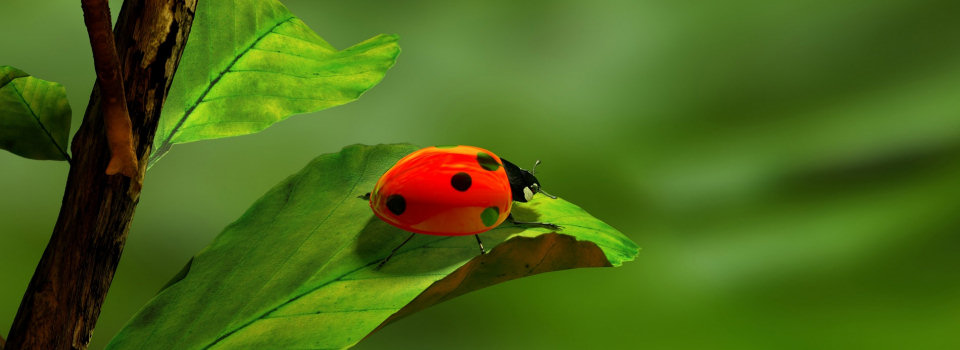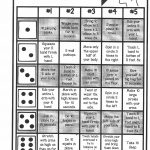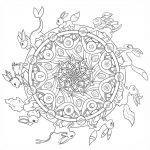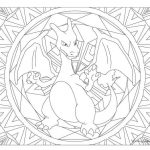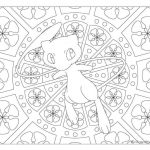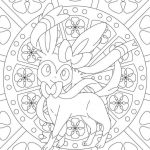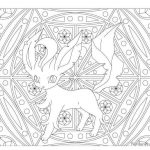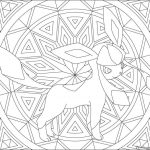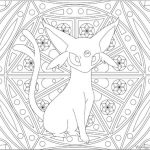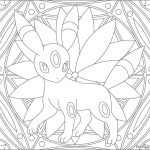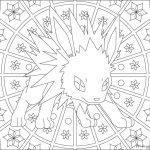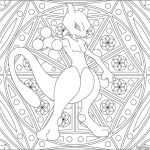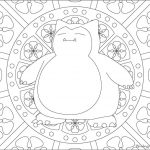If your child seems to be losing focus or isn't engaged or excited about learning, try some of these ideas to mix up the routine:
- Flip the schedule - if you have been reading first each day, start with outside play or math etc.
- Choice - make a card with each thing that needs to get done, create a chart with enough spaces for all of the cards, and let your child(ren) choose where each goes - that sense of ownership and control may help motivate them
- Do an all one thing day - declare today "math only day" and play math games and do math worksheets throughout the day, and then switch for a "literacy only day" a different day, etc
- Lots of reinforcement - set a timer (I'd recommend 10-15 minutes depending on the age of your child) followed by a reinforcement of your child's preference (also set a timer for the reinforcement) then repeat until all schooling for the day is done
- Declare a PJ day or hat day or costume day etc (it doesn't matter if you are all wearing PJs every day, by calling it a PJ day it is immediately more special) You could even call all next week Theme Week and make something for each day of the week, have your child make posters for the theme week!
- Change places - if you are always working in the kitchen, move to the living room, or tell your child they can work UNDER the kitchen table, when it's nice outside I plan to bring my work to my deck to get fresh air and provide a new setting
- Time of day - declare a NO SCHOOL until after lunch day! Or a school is done BY 9:00am day, or hold a family morning dance party before school starts... whatever works for your family - just make sure to mix it up, and announcing the plan will help to make it special
Cross curricular Activities:
Physical Activities:
Art Activities:
Play-Based Learning Activities:
Reading Activities:
Read Aloud:
Writing Activities:
Math Activities:
Science Activities:
- Experiment Recording Sheet
- Mystery Science
- Science World Activities
- Importance of Hand Washing
- 50 Science Activities To Do At Home
STEM/ADST Activities:
Live Cam of Local Animals:
Nature Activities:
Outdoor Learning: Guided Walks
(adapted from "A Walking Curriculum" by Gillian Judson)
- Surface Walk: Using Your Sense of Touch
Go for a walk in nature. Observe the different surfaces you can find - what do you notice? What do you feel? Find a surface that is smooth, rough, wet, dry, bumpy, soft and hard. What other kinds of surfaces can you feel? Touch them with your fingers and then try touching them with your forearm - what do you notice?
Art Connection: Texture Rubbings
Bring along a piece of white paper and crayon with the paper ripped off. Place the paper down flat on the surface (i.e. a tree trunk or a branch of cedar found on the ground). Using the long side of the crayon, rub it back and forth while holding the paper in place. Try doing this on a few different surfaces to explore different kinds of textures. (Please be sure to not break any branches off of living things and if you move something, please return it as you found it when you are done.)
- Motion Walk: Using Your Sense of Sight and Hearing
Go for a walk in nature. Observe what is moving around you. Besides seeing movement, how else can you tell that something is moving?
Physical Literacy Connection
Try to repeat the movement you observe using your body - for example, swaying like a tree or hopping like a crow!
- Human-made and Nature-made Walk
Go for a walk around your neighbourhood or even in your own backyard. What objects can you find that are made by humans? What are some objects made by nature?
Sorting Activity
Collect some objects that you find (please remember not to break anything off of a living thing). Sort the objects you find. You may choose to sort it by human-made/nature-made, or by colour, size, smooth/rough, etc. Have someone guess your sorting rule!
- Umbrella Walk: An Exercise in Careful Observation
Go for a walk in nature and bring along an umbrella or a hula hoop. If you have a magnifying glass, bring it along, as well! Place your umbrella or hula hoop on the ground - preferably in a spot that has a lot of "stuff." Observe absolutely EVERYTHING in the space under your umbrella or inside your hula hoop. What do you see? What is alive? What used to be alive? What colours can you find? Try sitting quietly and observing for one minute. What do you see? What do you hear?
Language Arts Connection
Bring along a pice of paper and a pencil, as well as something hard to write on, such as a book. Make a list of the things you find. Try using "kid-writing" to record all of the sounds you hear in the word - for example, if you find a pinecone, you might record "pinkon."
Printable Sheets:
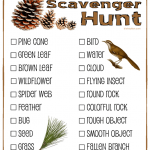
Colouring Sheets:
